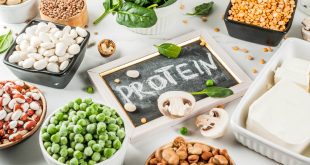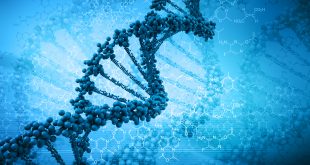Globular and fibrous proteins A protein whose molecules curl up into a ‘ball’ shape, such as myoglobin or hemoglobin, is known as a globular protein. In a living organism, proteins may be found in cells and in other aqueous environments such as blood, tissue fluid and in phloem of plants. …
Read More »Protein and Peptides: An Inevitable Source of Nutrition (Part 1)
Proteins are large biomolecules, or macromolecules, consisting of one or more long chains of amino acid residues. Proteins perform a vast array of functions within organisms, including catalysing metabolic reactions, DNA replication, responding to stimuli, providing structure to cells, and organisms, and transporting molecules from one location to another. Proteins differ from one another primarily in their sequence of amino acids, which …
Read More »Protein: Discovery, Characteristics, and Structures
The word protein refers to a type of molecule in food that can be broken down into amino acids. They are biochemical compounds consisting of one or more polypeptides typically folded into a globular or fibrous form, facilitating a biological function. Protein accounts on average about 1/4th to 1/3rd of …
Read More »Transcription: The Mechanism of pre-mRNA Synthesis
Transcription is the synthesis of RNA molecule using one of the DNA strands as a template. It is the first step in the transfer of genetic information from genotype to phenotype. However, this process of transcription is a highly selective one i.e definite genes are transcribed only when their products …
Read More »Classification of protein: A Short Tour Through The World of Protein
Proteins are the most abundant macro-molecules, occurring in each cell and each part of a cell. They are generally formed by one or more long chain(s) of amino acid residues. Classification of protein 1) Based on source There are two types of protein. a) Animal protein: They are derived from …
Read More »DNA: The Genetic Material
In the 1870s, the observation that the nuclei of male and female reproductive cells undergo fusion in the process of fertilization leads to the decision that the cell nucleus plays a key role in inheritance. After that, when the cell is stained with the help of some when certain dyes …
Read More » Plantlet The Blogging Platform of Department of Botany, University of Dhaka
Plantlet The Blogging Platform of Department of Botany, University of Dhaka




